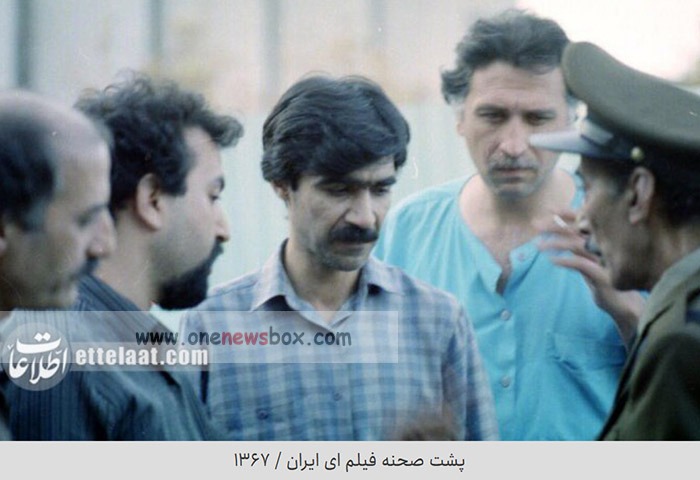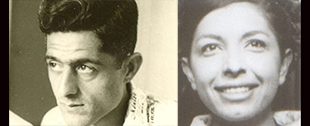In his later years, Taghvaei withdrew from public life due to declining health. Reports from 1401 (2022–2023) indicated that a nurse cared for him at home, while Vafamehr eventually left Iran. This separation sparked concerns about his well-being, though friends described him as intellectually alert despite frailty.
On the morning of October 12, 2025, Marzieh Vafamehr announced his death via Instagram, calling him an artist “who chose the difficulty of living freely.” The phrase resonated deeply with Iranians, encapsulating his lifelong refusal to conform or surrender.
A Cinema of Integrity
Taghvaei’s cinema was defined by integrity, locality, and literary depth. Unlike many of his contemporaries who sought universal themes detached from place, Taghvaei rooted his narratives in the geography, dialects, and customs of southern Iran. His characters — fishermen, smugglers, soldiers, villagers — were not archetypes of misery but embodiments of resilience.
He often used non-professional actors, believing that authenticity emerged from the texture of life itself. His dialogue was sparse, his pacing deliberate, and his imagery often meditative. In his own words:
“The South taught me cinema — its silence, its patience, its horizon.”
His engagement with literature distinguished him from other New Wave directors. From Saedi to Hemingway, Taghvaei saw literature not as a source to imitate but as a dialogue partner. He once described adaptation as “translating the spirit, not the words.” This literary consciousness gave his films their psychological richness and narrative discipline.

